Thailand Cambodia Border Conflict Turns Deadly with Airstrikes
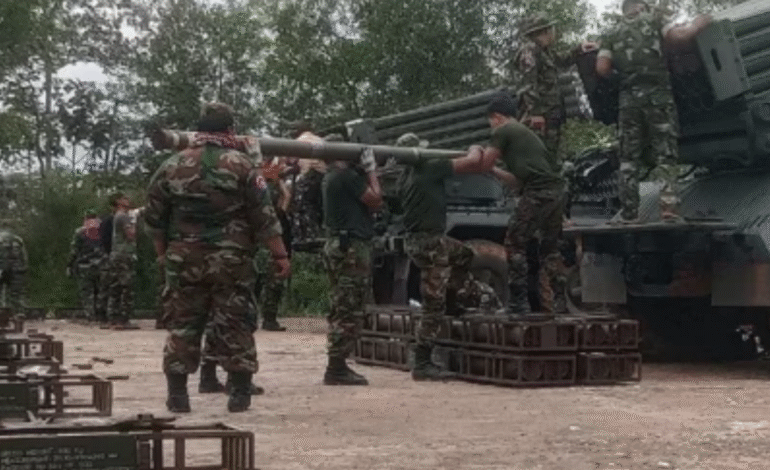
The long-standing territorial dispute between Thailand and Cambodia has escalated into one of the most intense military confrontations seen in Southeast Asia in over a decade. Fighting broke out earlier this week along multiple sectors of the disputed border, resulting in at least 14 deaths, dozens injured, and the displacement of over 100,000 civilians across both countries.
The hostilities erupted after a landmine explosion on July 23, 2025, injured five Thai soldiers in the border area near Surin province. Thai authorities immediately blamed Cambodia for the incident, leading to a rapid breakdown in diplomatic relations and the withdrawal of ambassadors from both nations. The following days saw widespread artillery exchanges, rocket attacks, drone deployments, and the first use of airstrikes in this particular dispute by the Thai military.
Military Engagements and Use of Air Power
According to Thailand’s Defense Ministry, the military launched airstrikes using F-16 fighter jets to neutralize Cambodian rocket launch sites near the Ta Muen Thom and Preah Vihear temple complexes locations that have long been central to the dispute. Cambodian officials reported several aerial bombardments targeting military bases and transport routes near the contested areas.
Multiple locations along the border in Thailand’s Ubon Ratchathani, Surin, and Sisaket provinces have witnessed heavy shelling. Cambodia’s Oddar Meanchey province has similarly come under artillery fire. Both sides have confirmed the deployment of heavy weapons, including BM-21 Grad rocket launchers and armored units, while residents near the combat zones reported the sound of drone activity and helicopter patrols.
Civilian Casualties and Humanitarian Impact
The Thai Ministry of Public Health confirmed the deaths of 13 civilians and one soldier, with at least 46 people wounded as of July 25. Among the injured were children, hospital staff, and elderly civilians caught in the crossfire. One of the major incidents involved the shelling of a hospital in Phanom Dong Rak district in Surin, which led to its evacuation and condemnation by Thai officials as a potential war crime.
Cambodia has so far acknowledged the injury of one soldier and four civilians, and has evacuated more than 4,000 people from villages near the border. Cambodian villagers from Oddar Meanchey fled using tractors and temporary carts to reach designated evacuation centers. Thai authorities have also evacuated tens of thousands of civilians from a 50-kilometer radius along the conflict line, relocating them to shelters in Ubon Ratchathani and Surin.
Diplomatic Fallout and Legal Implications
The Thai government expelled the Cambodian ambassador immediately after the landmine incident. Cambodia responded in kind, recalling its envoy from Bangkok. All international land border crossings between the two countries have since been sealed. The Thai foreign ministry has advised all Thai nationals in Cambodia to leave the country, while arrangements are reportedly being made for their repatriation.
Cambodia’s Prime Minister Hun Manet has submitted a formal complaint to the United Nations, accusing Thailand of military aggression and violating Cambodian sovereignty. Cambodia also alleges that the Thai airstrikes damaged roads near the UNESCO-protected Preah Vihear temple complex, a site that has been at the center of numerous legal disputes between the two nations.
Thailand, meanwhile, has accused Cambodia of planting new landmines and targeting civilian infrastructure, including medical facilities, which it considers a breach of the Geneva Conventions. Thai officials maintain that their airstrikes were carried out in self-defense following rocket attacks that endangered border communities.
Historical Context of the Dispute
The border between Thailand and Cambodia, stretching over 800 kilometers, has been a frequent flashpoint due to its colonial-era demarcations. The roots of the conflict lie in treaties signed between France and Siam in the early 20th century, particularly the 1907 Franco-Siamese treaty. In 1962, the International Court of Justice awarded the Preah Vihear temple to Cambodia, but adjacent areas remained disputed.
The latest flare-up is reminiscent of the 2008–2011 Cambodian–Thai border clashes, during which dozens of soldiers and civilians were killed. That period saw intermittent skirmishes, political tension, and the temporary closure of cross-border trade routes. The current conflict, however, marks the first time in recent history that either nation has deployed jet fighters in direct attacks across the border.
International Reaction and UN Involvement
United Nations Secretary-General António Guterres issued a statement urging both Thailand and Cambodia to exercise maximum restraint and resume dialogue through diplomatic channels. The UN Security Council convened an emergency closed-door meeting on July 25 to assess the security and humanitarian implications of the crisis.
ASEAN member states, particularly Malaysia in its role as chair, have offered to mediate between the two countries. China, the United States, India, the European Union, and France have all expressed concern and called for de-escalation. Observers note that the presence of active airstrikes and the targeting of heritage and civilian sites have raised fears that the conflict could spiral further.
Strategic and Religious Significance of Flashpoints
The two main geographical centers of fighting Preah Vihear and Ta Muen Thom temples are both of immense historical and cultural importance. These Hindu-era temples have symbolic value for both Thai and Cambodian national identities, and their surrounding territories hold significant tactical importance due to their elevated terrain and proximity to logistical routes.
Cambodian authorities have pledged to bring legal action if damage to these UNESCO heritage sites is confirmed. Thailand has likewise stated that it will document evidence of Cambodian attacks on hospitals, schools, and civilian housing for potential international legal proceedings.
Political Implications within Thailand
Domestically, the border conflict comes at a politically sensitive time for Thailand. Prime Minister Paetongtarn Shinawatra was suspended from office earlier this month amid an investigation into her contact with former Cambodian leader Hun Sen. Her conversation, reportedly aimed at reducing border tensions, was criticized by opposition lawmakers as unethical and inappropriate. The suspension has led to a power vacuum within the Thai cabinet, with national security decisions now being handled by acting officials.
Analysts suggest that the military escalation may also be shaped by internal political dynamics, particularly as nationalist sentiments and public concerns over national sovereignty gain prominence. Calls have emerged from Thai opposition parties demanding a full parliamentary session to discuss the security situation and outline future strategy.
Outlook and Risk of Escalation
As of now, there are no confirmed plans for ceasefire negotiations. Cambodian Prime Minister Hun Manet has called for UN intervention and signaled readiness to bring the matter to the International Court of Justice. Thailand, while open to discussions under ASEAN mechanisms, has insisted that Cambodia first halt all provocative military actions.
Analysts warn that the situation remains highly volatile. With tens of thousands of troops mobilized, advanced weaponry deployed, and diplomatic ties suspended, even a minor incident could ignite a broader confrontation. The current standoff has not only endangered lives but also posed a challenge to regional stability and ASEAN unity.
The UN’s involvement and ASEAN’s mediating efforts will be critical in the coming days. However, unless both nations commit to immediate de-escalation and diplomatic engagement, the conflict may continue to evolve into a prolonged military crisis.

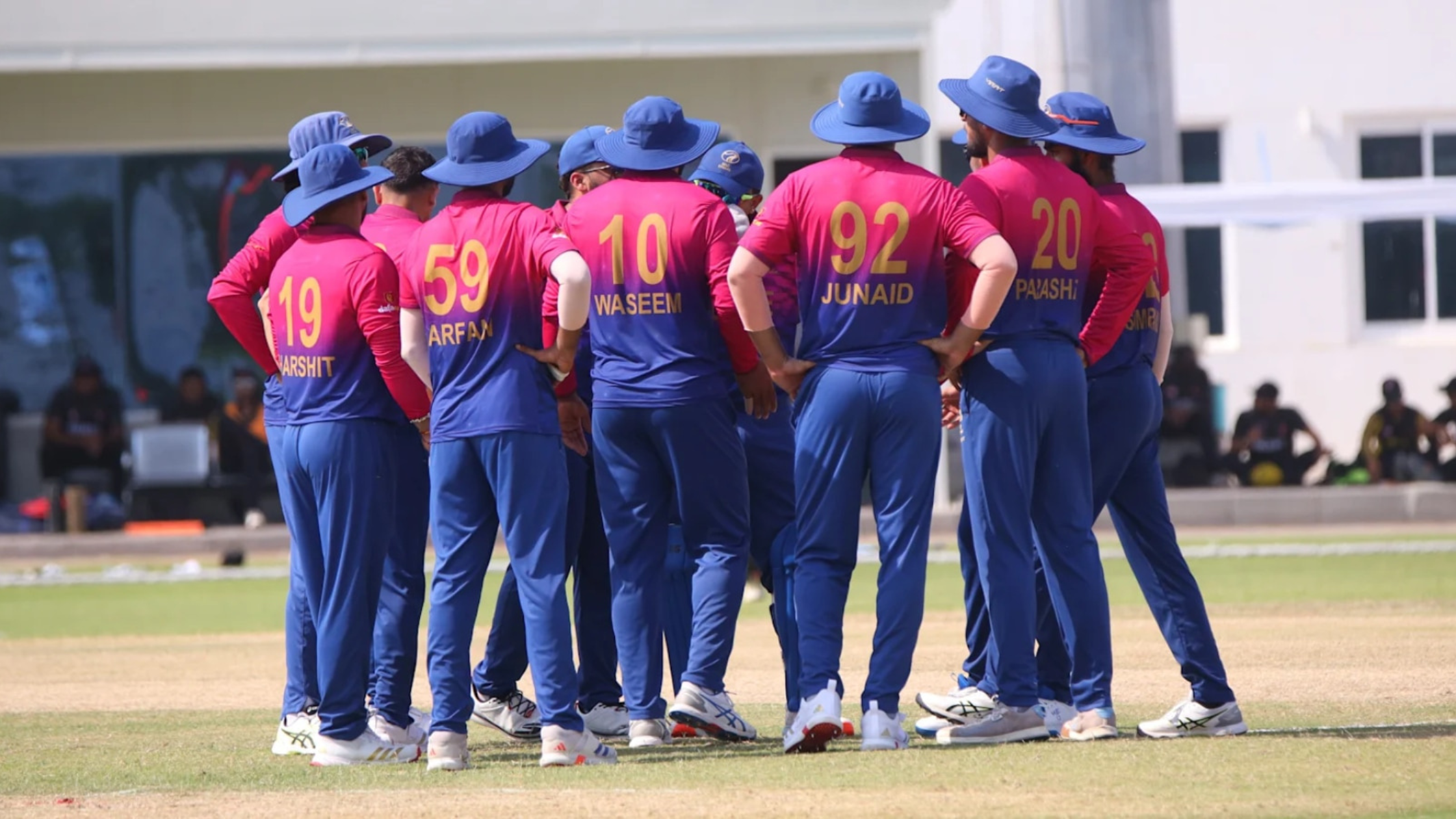
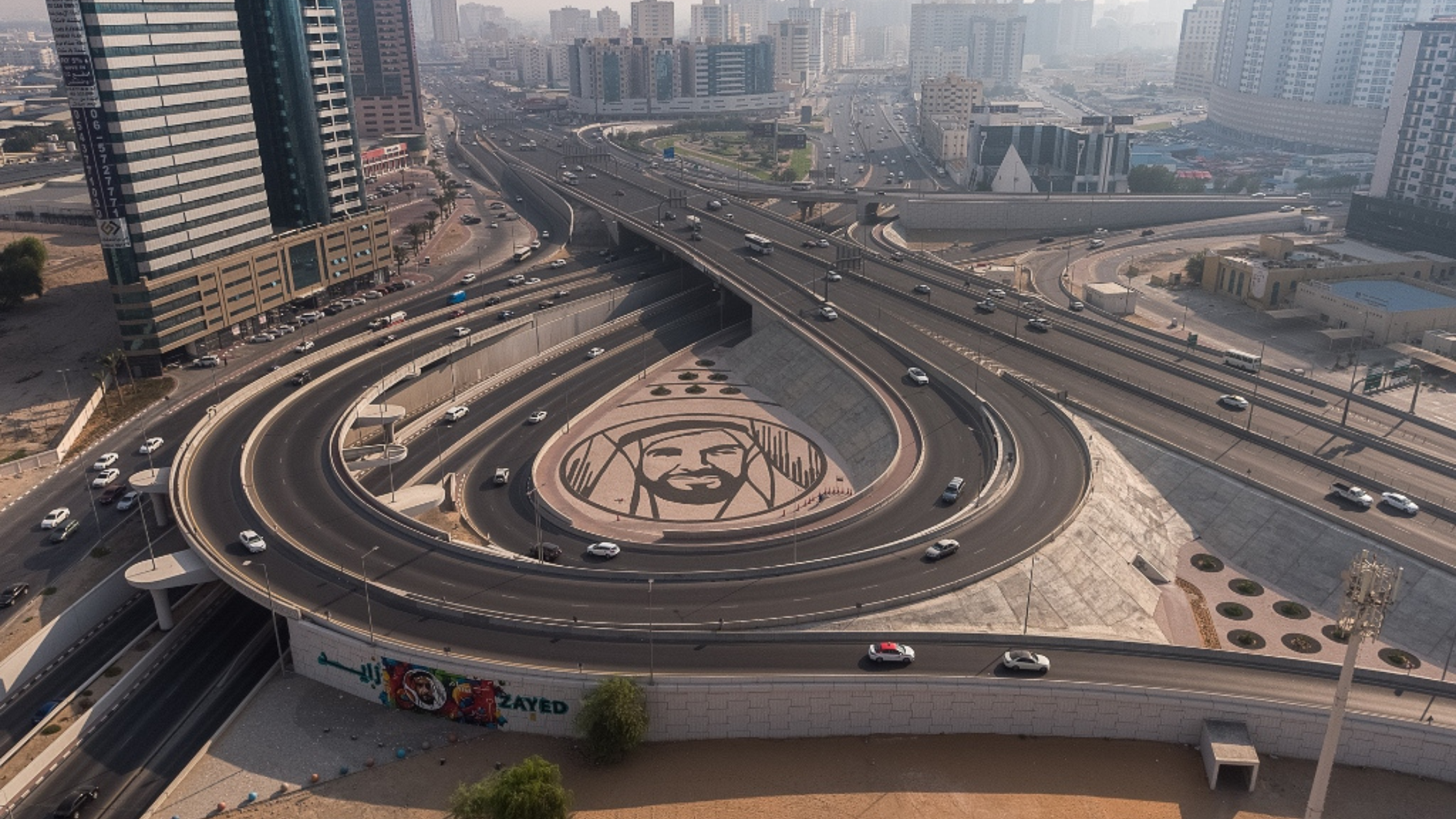

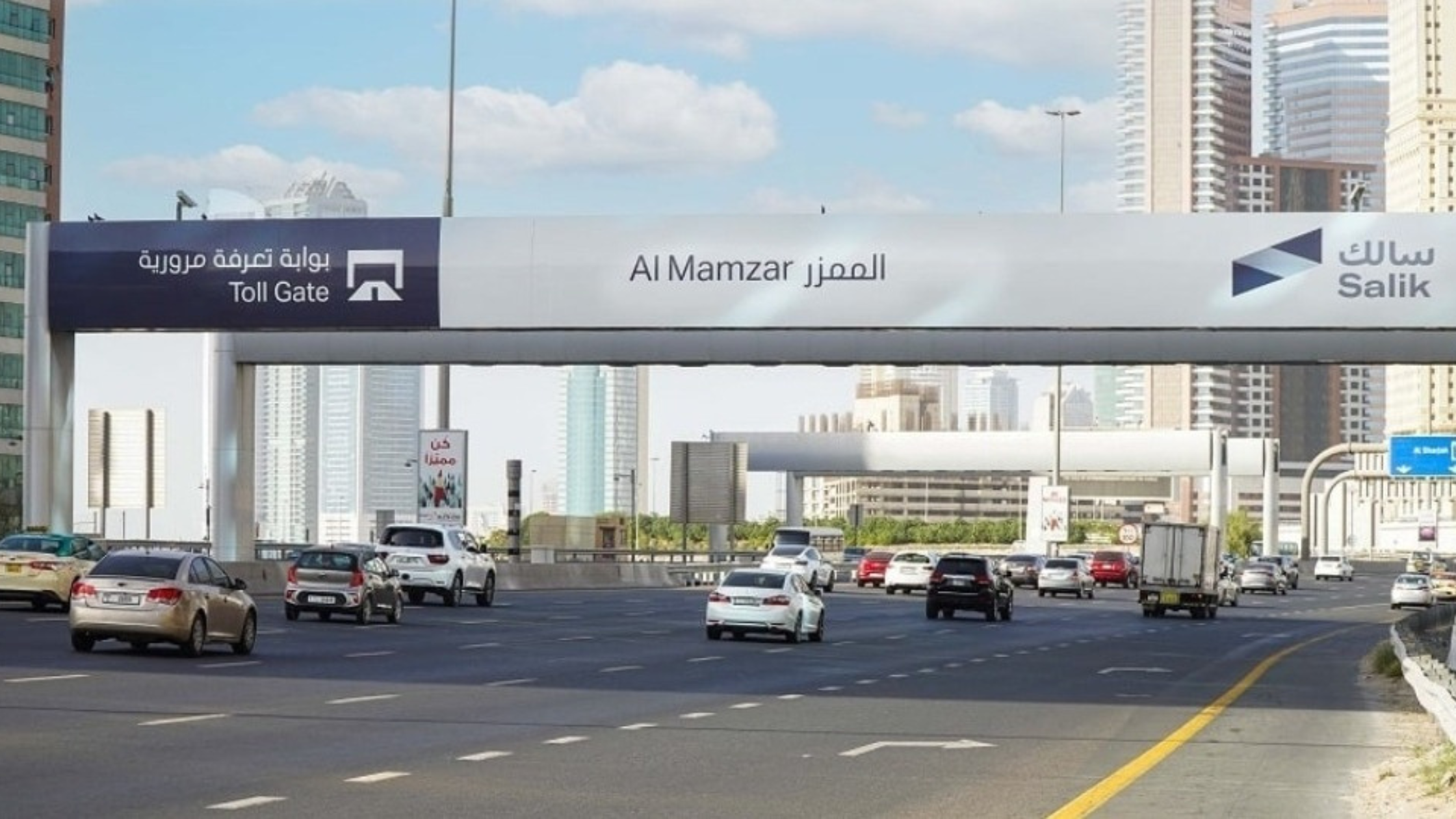
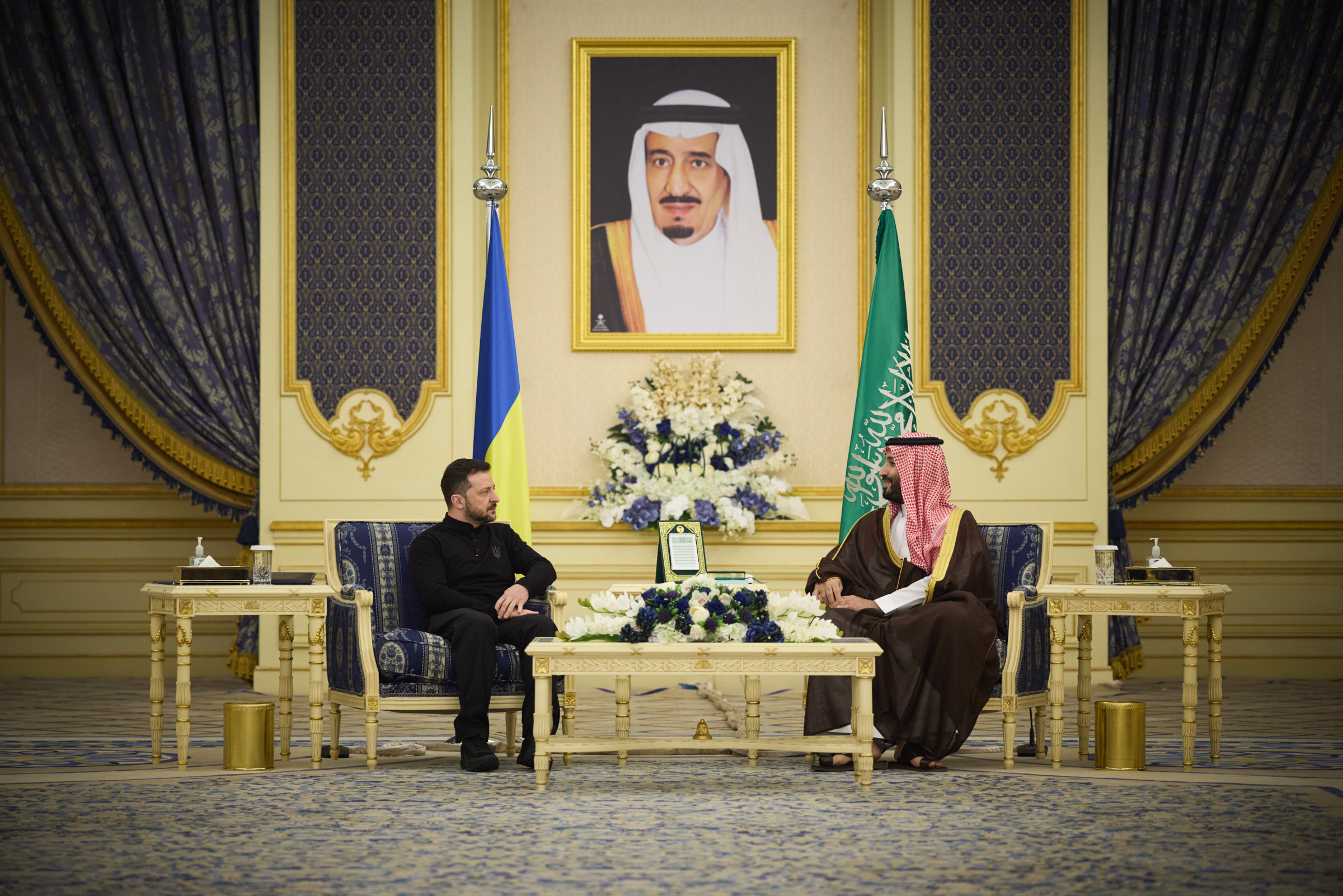
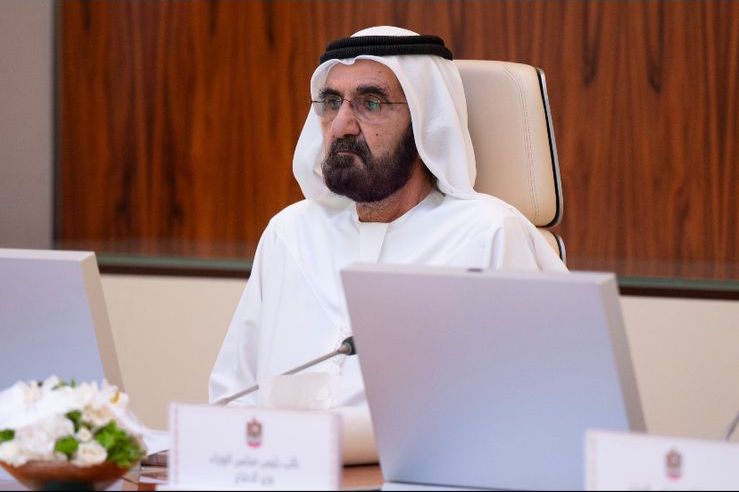
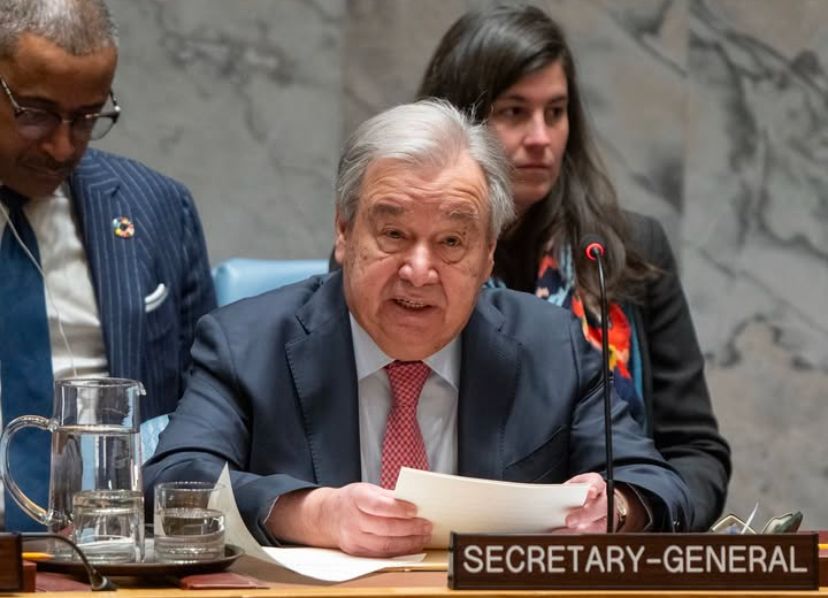
1 Comment
[…] military imposed martial law in eight districts bordering Cambodia, including seven in Chanthaburi and one in Trat province, as declared by the Border Defence Command […]
Comments are closed.